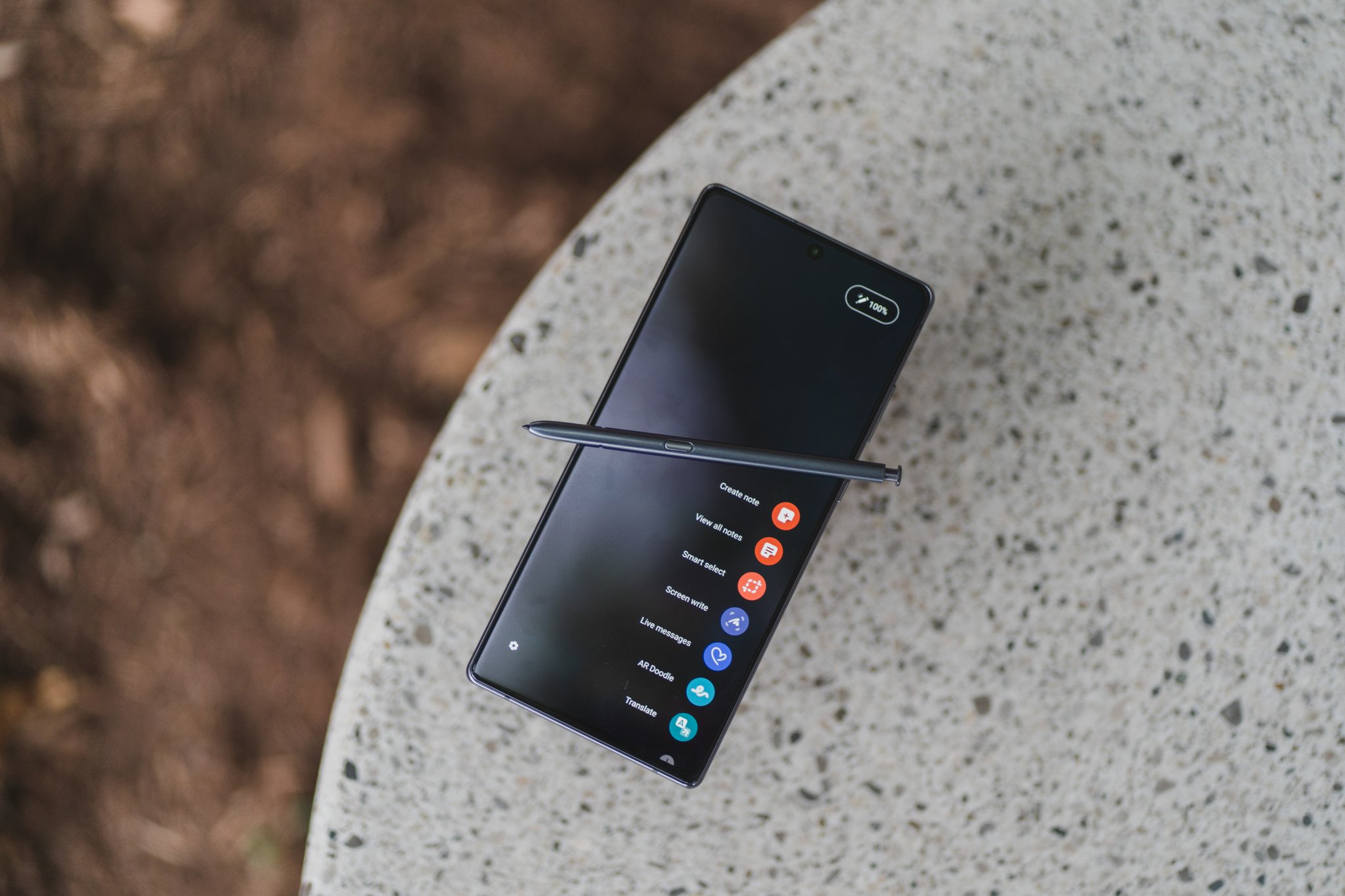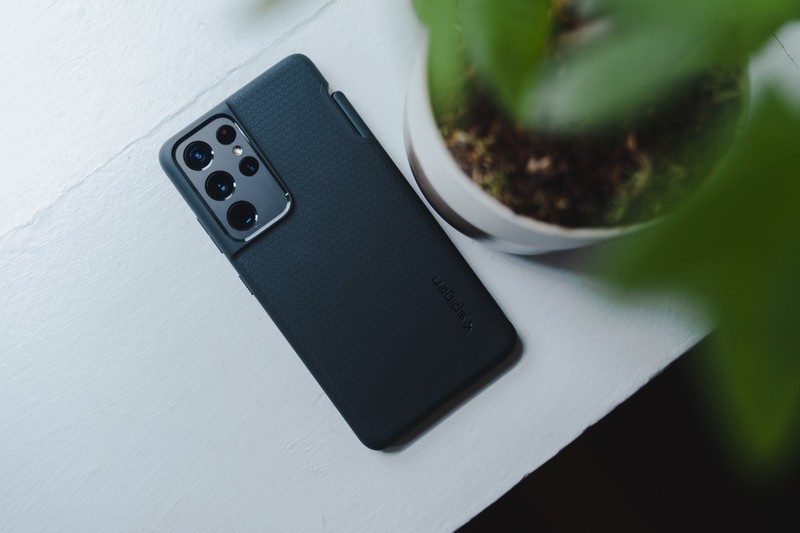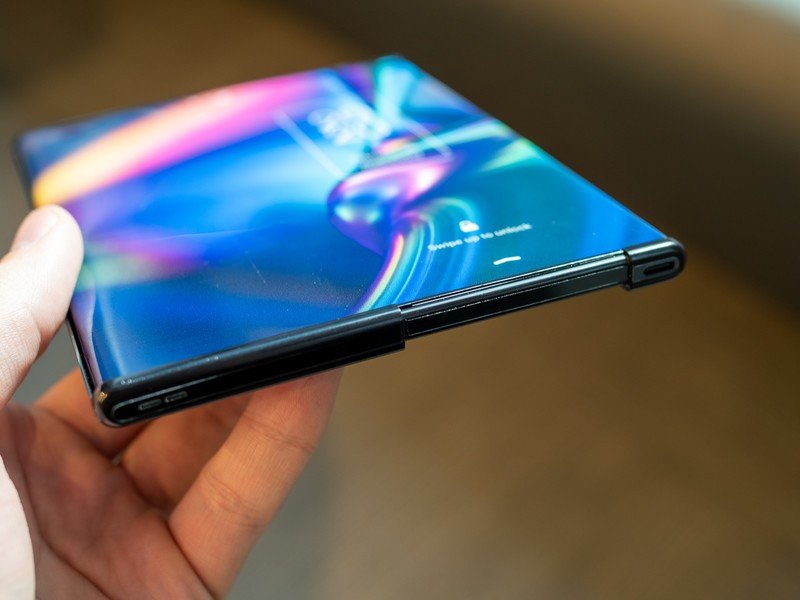The Galaxy S21 Ultra has convinced me that the Galaxy Note is obsolete

It's been a good couple of years since I last used a big-screened Samsung phone for any length of time. When I have used a Galaxy S, it's usually been one of the smaller models. That said, I've also used and enjoyed the Galaxy Note series over the years, many of which have ranked among the best Android phones. But spending more time with the Galaxy S21 Ultra over the past week or so has convinced me that this, and not the Note, is the future of big-screened, slab-shaped Samsung phones.
Or, to put it another way, the Galaxy Note, in its current form, is obsolete.
It seems that Samsung itself might be of that same opinion, as the boss of the company's smartphone division has basically told us not to expect a Galaxy Note 21 this year, with the Note instead expected to make a return in 2022. As for why that's the case? Well, I don't want to go too far down that particular rabbit hole. Samsung indirectly blamed this year's missing Note on the current worldwide chip shortages; however, the best information I have from my sources is that the decision to hold back on a Note 21 predates the current global supply issues.
Regardless, having used the S21 Ultra as I have done over the past few days, it's become clearer than ever to me that we just don't need the Note in its current form anymore. That's not to say previous Notes were bad, or that the entire Note brand should die. It's just that I think when the Note does return, it won't just be the "Ultra" Galaxy S model with an S Pen. The time for that sort of phone, I think, is over.
With the arrival of 'Ultra'-sized Galaxy S phones, the writing has been on the wall for the Note.
Ever since Samsung started developing larger Galaxy S phones, it's had a hard time differentiating the Note in any meaningful way besides the S Pen. And including the pen inside the phone comes with its own set of engineering challenges. Every square millimeter of space inside a smartphone is precious, and the S Pen dock eats into that. This is why the S20 Ultra has a bigger battery than the Note 20 Ultra, as with the Note 10 Plus and the S20 5G, and so on. All other things being equal, a phone without an internal S Pen silo will always have a bigger battery.

This kind of undermines the Note's image as the ultimate enthusiast phone. In fact, if you take a look at last year's Samsung phones, were it not for the widespread autofocus issues with the S20 Ultra's main camera, there would be almost nothing that the Note could do better. The kind of mid-cycle hardware upgrades that made earlier Notes worthwhile just aren't showing up as often.
Instead, the combination of Galaxy S21 Ultra plus an optional, standalone S Pen makes more sense for Samsung. While some of the early cases to attach the stylus to the phone are undeniably a bit janky, that's a problem case makers will eventually solve. And having an external S Pen means the pen itself can be bigger, making it more comfortable to use for long periods.
Be an expert in 5 minutes
Get the latest news from Android Central, your trusted companion in the world of Android
Samsung no longer has to ship two almost identical phones that both cater to mostly the same audience.
It's true that, with the current external S Pen, we're missing out on the Bluetooth features we first saw in the Note 9. But powered features like remote shutter and wavy gestures will eventually be returning in the form of the S Pen Plus later in 2021, just in time for new S Pen-enabled foldables like the upcoming Galaxy Z Fold 3.
With a standalone S Pen, the Galaxy S21 Ultra makes for a pretty great Galaxy Note replacement, doing most of what previous Notes could. What's more, it lets Samsung include a competitively sized battery and sidestep all the annoyances and competitive disadvantages of hollowing out a silo inside the phone itself — while also not competing with itself by shipping two precariously positioned big-screened, high-end smartphones that mostly cater to the same audience.
But let's hold up a second because we already know the Galaxy Note will be returning in some form in 2022. And while it's certainly possible Samsung will go back to making basically a cut-down Galaxy S Ultra to accommodate the internal S Pen, I don't think that makes much sense when you look at the direction of travel for Samsung's premium handsets.
At the very high end, Samsung is pivoting more towards foldables and more novel form factors. We've already seen clamshell and fold-out models from Samsung in the form of the Z Flip and Z Fold line, and there are rumors of a rollable phone in the works too.
When the Galaxy Note returns, it should be as a foldable or rollable.

This kind of unique handset, I think, would be a perfect way to reinvent the Galaxy Note — still a premium phone, but with its own unique form-factor separate from Samsung's other premium offerings. The expandable screen would be perfect for a flagship phone built around the S Pen. And while Samsung would still have to make space inside for the stylus silo, let's also remember that this kind of phone would be bulkier by default, so you'd likely have more internal space to play with.
This kind of thing wouldn't be unprecedented. Years back, Samsung used the Note line to experiment with the first curved OLED displays in 2014's Note Edge. And the screen curve eventually became a major design feature of future Notes, though in a less dramatic way than we saw with the Note Edge's single-sided curve.
So, with the S "Ultra" series really emerging as the very best traditional smartphone Samsung can offer, including standalone S Pen support, it's time for the Note itself to fundamentally change. That's what I hope and believe Samsung will offer when it resurrects the Galaxy Note in 2022.

Alex was with Android Central for over a decade, producing written and video content for the site, and served as global Executive Editor from 2016 to 2022.

